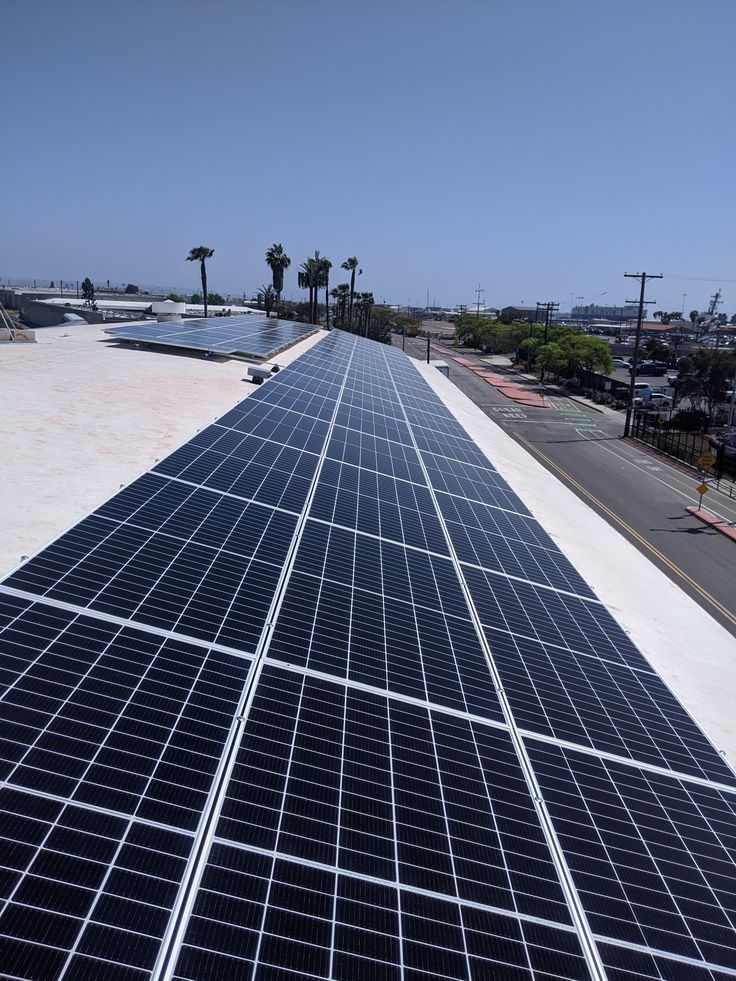Choosing the right solar installer in New Zealand is as crucial as selecting the right solar system. With various providers offering different packages, pricing structures, and levels of service, a direct comparison can help homeowners find the best value. This article provides an overview of what to look for when comparing solar deals by installer and highlights some general price ranges for common system sizes in 2025.
Key Factors When Comparing Installers
Beyond the advertised price, several factors contribute to the overall value and long-term satisfaction with your solar investment.
- Reputation and Experience: Look for installers with a proven track record, positive customer reviews, and significant experience in the New Zealand market. Companies like Harrisons Solar and Sunshine Solar often have extensive experience and nationwide presence.
- Accreditations: Verify if the installer is a member of the Sustainable Energy Association of New Zealand (SEANZ). This accreditation indicates adherence to industry standards and often a requirement for accessing green home loans from major banks.
- Product Quality: Inquire about the brands of solar panels, inverters (especially hybrid inverters), and batteries they offer. Reputable brands typically come with better warranties and performance.
- Warranty: Understand the warranties offered on panels (typically 25 years for performance), inverters (5-12 years, often extendable), batteries (5-15 years), and workmanship (usually 5-10 years).
- Included Services: Ensure the quote is comprehensive, covering site assessment, system design, installation, electrical work, permitting, and grid connection services. Some installers also offer ongoing monitoring and maintenance.
- Customer Support: Assess their responsiveness and willingness to answer questions throughout the process, from initial inquiry to post-installation support.
General Price Ranges by System Size (2025)
While specific installer pricing will vary, here are general cost estimates for fully installed solar systems in New Zealand in 2025 solar deals nz. These prices typically include panels, an inverter, mounting, and installation, but exclude battery storage unless specified.
- 3 kW System:
- Suitable for: Small homes, 1-2 person households.
- Typical Price Range: $8,000 – $9,000
- Example: Simply Solar offers a 2.64kW system (6 panels) for $8,495.
- 5 kW System:
- Suitable for: Average-sized families (2-4 people).
- Typical Price Range: $10,000 – $14,000
- Example: Solar Republic offers a 5 kW system (10 x LONGi 440W panels, Huawei 5 kW inverter) for $8,999 + third-party fees, totaling around $10,849.
- 7 kW System:
- Suitable for: Large families or high power usage homes.
- Typical Price Range: $14,000 – $22,000
- 10 kW System:
- Suitable for: Large homes or partial commercial use.
- Typical Price Range: $19,000 – $27,000
Solar + Battery Bundles (Starting from $16,999 NZD)
For those seeking energy independence and backup power, integrated solar + battery bundles are increasingly popular.
- Starting Price: Top bundles typically start from around $16,999 NZD.
- What’s Included: These packages usually combine a 5-7 kW solar array with a 5-10 kWh battery and a hybrid inverter.
- Example: Future Energy offers an “All In One Solar Deal” for $16,999, which includes a 12 solar panel system, a 5kWh SolaX IES Battery, and a 6kW Hybrid Inverter (with basic installation). Harrisons Solar also offers solar + Tesla Powerwall 3 bundles.
How to Get the Best Deal
- Request Multiple Quotes: Always obtain detailed, itemized quotes from at least three different SEANZ-accredited installers. This allows for a direct comparison of components, warranties, and services.
- Understand the Fine Print: Pay close attention to what is and isn’t included in the “fully installed” price (e.g., scaffolding, switchboard upgrades, specific inverter models, battery capacity).
- Inquire About Finance Options: Discuss green home loans from major banks (Westpac, ASB, ANZ, BNZ, Kiwibank) or retail finance options (Q Card, Gem Visa) that offer 0% or low-interest rates.
- Assess Long-Term Value: A slightly higher upfront cost for better quality components, longer warranties, or superior customer service can lead to greater savings and peace of mind over the system’s 25+ year lifespan.
By meticulously comparing installers and their offerings, New Zealand homeowners can confidently navigate the solar market in 2025 and secure a deal that perfectly aligns with their energy needs and financial goals.
